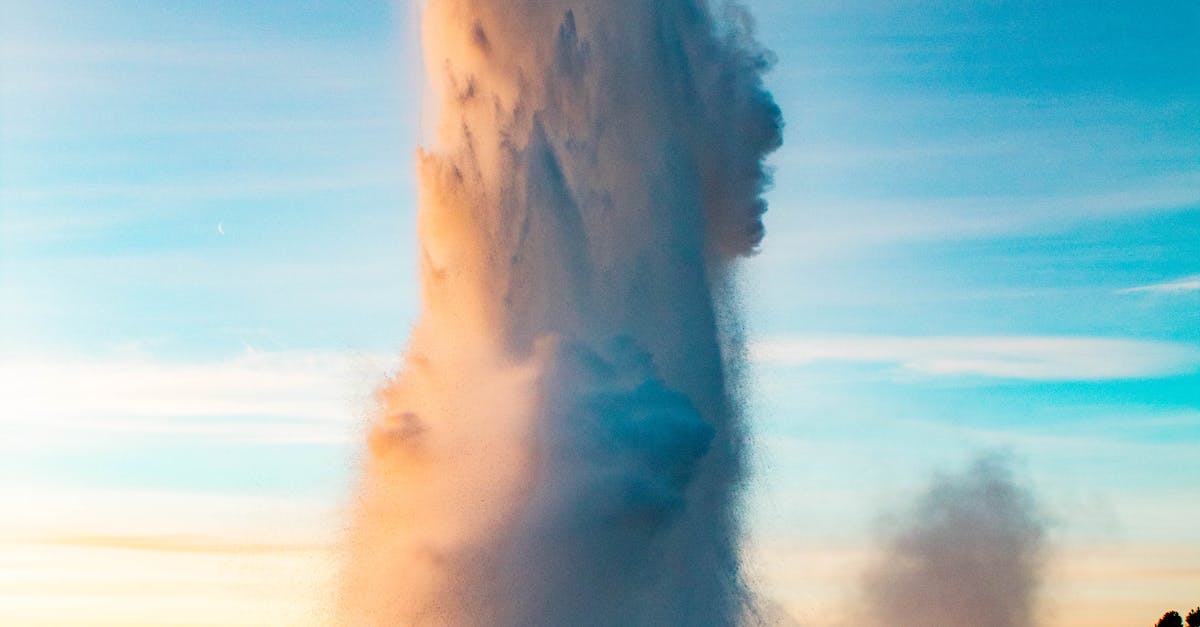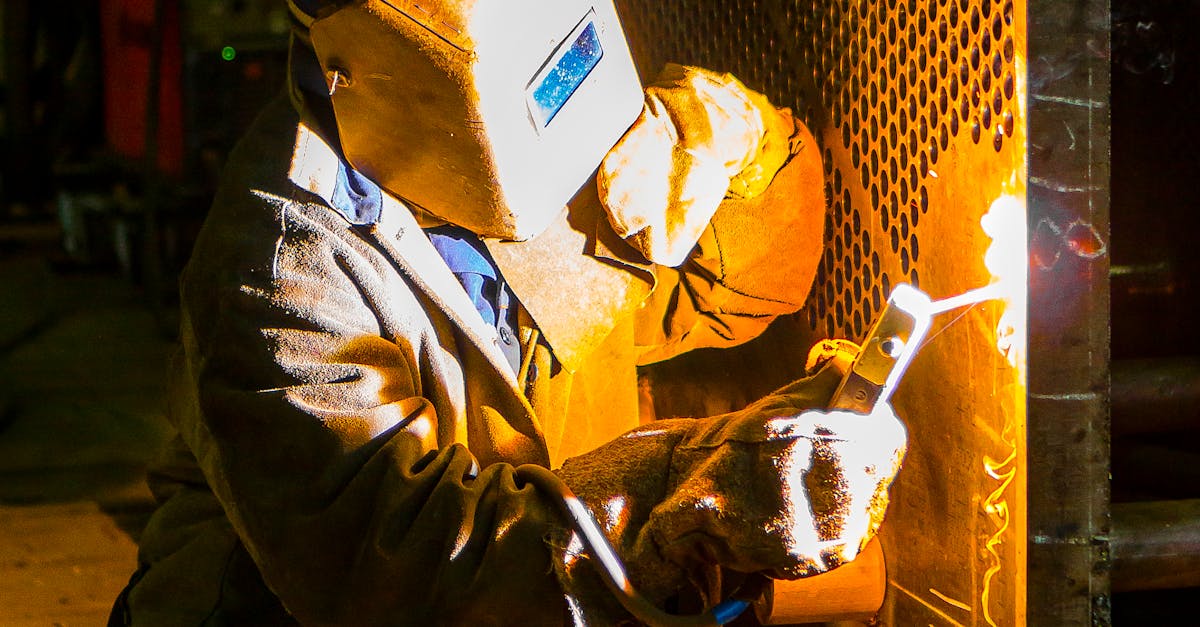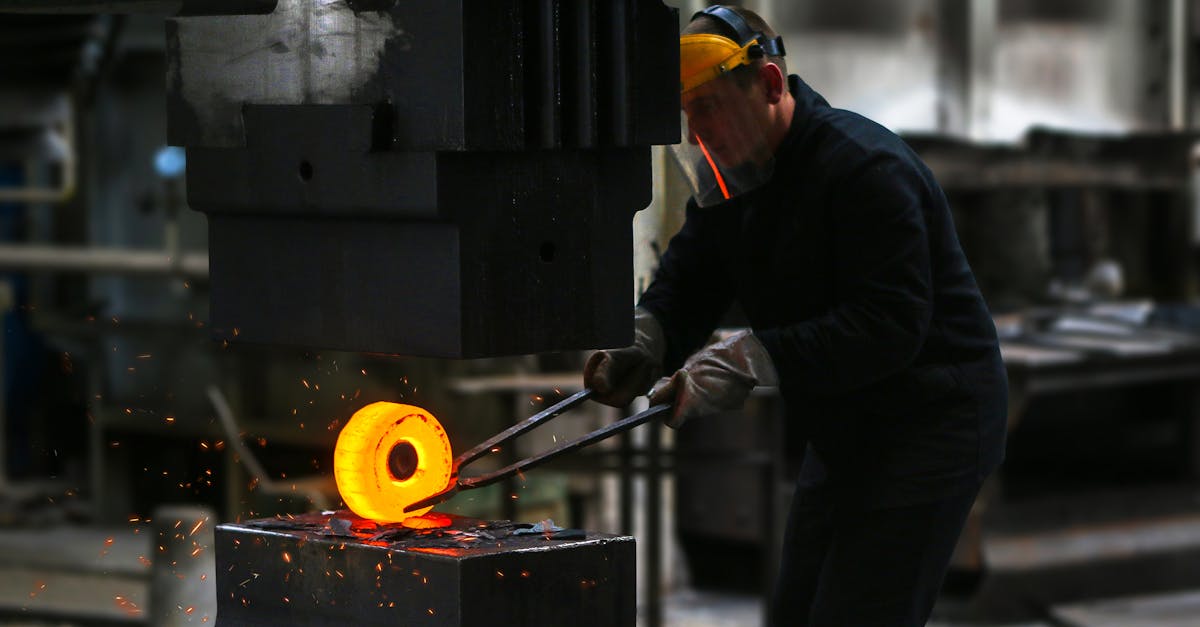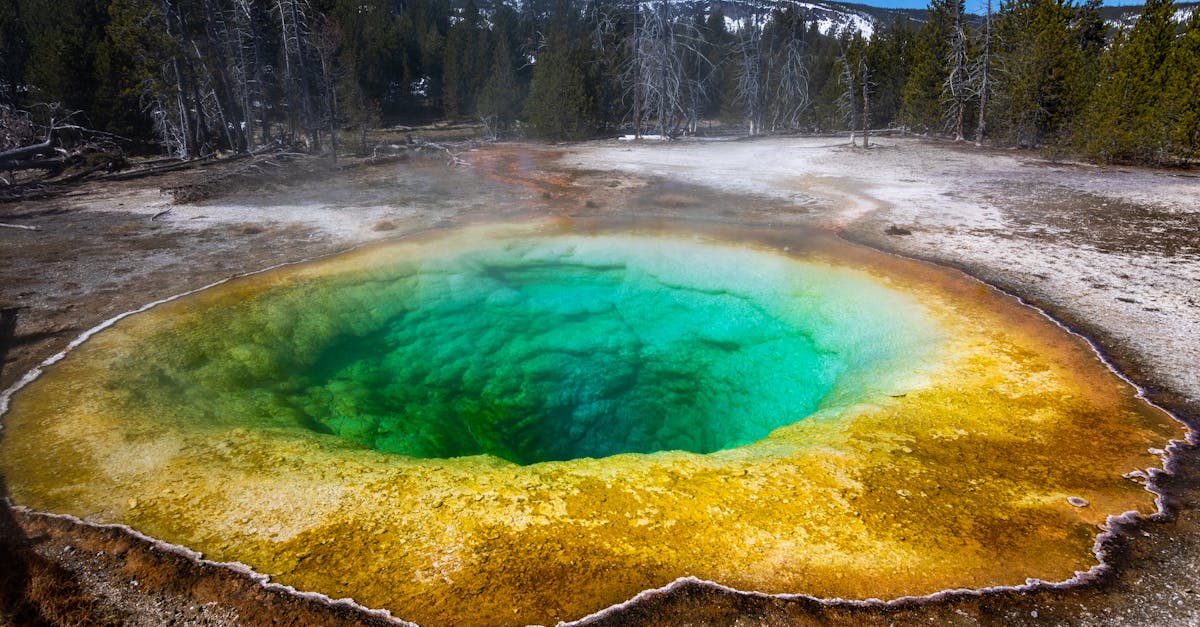
Table Of Contents
Types of Hot Water Cylinders to Choose From
When considering a replacement for your hot water cylinder, there are several types to choose from to suit your specific needs. The common types available in Australia are vented cylinders, unvented cylinders, and thermal store cylinders. Vented cylinders operate with a header tank to supply water, while unvented cylinders are directly fed from the mains water supply. Thermal store cylinders work by heating water through a coil or plate heat exchanger.
Each type of cylinder has its own set of advantages and disadvantages, depending on factors such as the size of your household, water pressure requirements, and available space for Hot Water System Installation. It is essential to assess your hot water usage patterns and consult with a professional to determine which type of cylinder would be most efficient for your home. Factors such as energy efficiency, maintenance requirements, and initial costs should also be considered when making your decision.
Gas vs. Electric
When it comes to choosing between a gas and electric hot water cylinder, there are several factors to consider. Gas hot water cylinders are often praised for their efficiency and ability to provide hot water quickly. They usually have lower running costs compared to their electric counterparts. On the other hand, electric hot water cylinders are known for their ease of maintenance and installation, making them a convenient choice for many homeowners. Additionally, electric cylinders tend to have a longer lifespan and may be more suitable for properties where gas connections are not available.
In Australia, the choice between gas and electric hot water systems often depends on individual preferences and household needs. While gas hot water systems may offer cost savings in the long run, electric systems are generally easier to install and maintain. When considering a Hot Water System Installation or replacement, it is essential to weigh the pros and cons of each type carefully to determine which option best suits your requirements and budget.
Maintenance Tips for Extending the Life of Your Hot Water Cylinder
Routine maintenance is crucial for ensuring the longevity and efficiency of your hot water cylinder. One essential maintenance tip is to flush the tank regularly. Sediment buildup can occur over time, affecting the heating elements and reducing the cylinder's performance. By flushing the tank periodically, you can prevent sediment accumulation and maintain optimal functioning of your hot water system.
Additionally, scheduling regular professional maintenance checks and servicing for your hot water cylinder is recommended. A qualified technician can inspect the system for any potential issues, clean components, and make necessary adjustments to ensure everything is in proper working order. Proper maintenance not only extends the lifespan of your Hot Water System Installation but also saves you from unexpected breakdowns and costly repairs in the long run.
Flushing the Tank Regularly
To ensure the optimal performance and longevity of your hot water cylinder, it is crucial to incorporate a regular flushing routine. Flushing the tank of your hot water system helps to remove sediment build-up and prevent corrosion, ultimately maintaining the efficiency of the unit. Over time, sediments like calcium and magnesium can accumulate in the tank, leading to decreased heating efficiency and potential damage. Therefore, scheduling periodic flushes as part of your maintenance routine is essential for the health of your hot water system.
Hot water system installation experts recommend flushing the tank at least once a year to prevent sediment build-up and keep your system running smoothly. By draining the tank partially and flushing it out with clean water, you can clear out any debris that may be affecting the performance of your hot water cylinder. This simple maintenance task not only helps to extend the life of your hot water system but also ensures that you continue to enjoy reliable hot water supply whenever needed.
Government Rebates and Incentives for Upgrading Your Hot Water Cylinder
Government rebates and incentives can often provide significant cost savings for Australians looking to upgrade their hot water cylinders. These programs aim to encourage the installation of more energy-efficient hot water systems, which can lead to long-term benefits for both the environment and the homeowner. In addition to reducing energy consumption and greenhouse gas emissions, upgrading to a more efficient hot water system can also result in lower electricity bills over time.
Hot water system installation can be a considerable investment, but with the help of government rebates and incentives, the financial burden can be eased. By taking advantage of these programs, homeowners can not only enjoy the immediate benefits of a more energy-efficient hot water system but also contribute to sustainable energy practices for the future. To explore the various rebates and incentives available for upgrading your hot water cylinder, it's advisable to research government offerings at both the federal and state levels.
Environmental Benefits
An often overlooked aspect of upgrading your hot water cylinder is the positive impact it can have on the environment. By investing in a new hot water system installation, you contribute to reducing energy consumption and greenhouse gas emissions. Older hot water cylinders tend to be less energy-efficient, resulting in higher energy usage and increased carbon footprint.
Modern hot water cylinders are designed to be more energy-efficient, which not only benefits the environment but also leads to cost savings in the long term. By choosing a high-efficiency hot water cylinder, you are making a conscious choice to reduce your household's overall carbon footprint and contribute towards a more sustainable future. Hot water system installation is not just about convenience and comfort; it is also a step towards a greener and more environmentally responsible lifestyle.
FAQS
Why should I consider replacing my hot water cylinder?
Replacing your hot water cylinder can lead to increased energy efficiency, cost savings on utility bills, and improved hot water performance.
How do I know if it's time to replace my hot water cylinder?
Signs that it may be time to replace your hot water cylinder include age (typically over 10 years old), frequent repairs, inconsistent water temperature, and increased energy consumption.
What types of hot water cylinders can I choose from?
You can choose from a range of hot water cylinder types, including electric, gas, heat pump, and solar. Each type has its own advantages and considerations based on your specific needs.
Are there any government rebates or incentives available for upgrading my hot water cylinder?
Yes, there are government rebates and incentives available for upgrading to a more energy-efficient hot water cylinder. These incentives aim to promote sustainable practices and reduce energy consumption.
How can I extend the life of my hot water cylinder?
Regular maintenance, such as flushing the tank regularly, checking for leaks, and adjusting the temperature settings, can help extend the life of your hot water cylinder and maintain its efficiency.





























